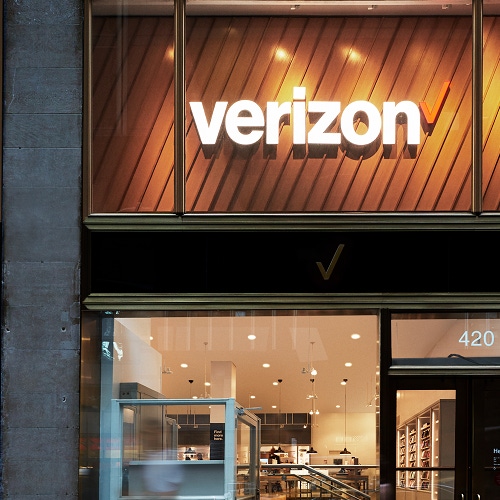
Verizon said it's now ready to expand its 5G services into the 3.5GHz CBRS spectrum band. The carrier said its customers – at least those with suitable phones who can be reached by CBRS signals – ought to see an increase in their connection speeds when Verizon commercially launches the service.
Verizon's move isn't a surprise. As Light Reading reported in 2019, Verizon has been adding support for the 3.5GHz CBRS spectrum band to its network for years, albeit via 4G signals. And in 2020, the operator spent $1.9 billion to purchase CBRS spectrum licenses across the country in an FCC auction.
Verizon's Adam Koeppe told Light Reading last year that the operator had already deployed CBRS spectrum across "thousands" of small cells around the country. At the time, he said Verizon would be able to upgrade those sites from 4G to 5G later in 2021 via a software upgrade.
Now, midway through 2022, it appears Verizon has successfully tested that software upgrade. However, in its release Tuesday, the operator said its new trial "indicates that Verizon and its vendors are ready to support 5G" on CBRS spectrum – but the operator did not say when it might commercially launch the service. The operator said it tested 5G in CBRS spectrum with vendor Ericsson (Verizon's other major 5G vendor is Samsung).
GAA, PAL and 4G
Importantly, Verizon said it plans to deploy 5G signals across both the licensed and the unlicensed portions of the CBRS band. The FCC released a total of 150MHz in the band to commercial operations through two options: unlicensed General Authorized Access (GAA) channels and licensed Priority Access Licenses (PAL) channels. Anyone with suitable equipment can broadcast into the GAA channels, but only companies that own or lease PAL licenses can use that 75MHz portion of the band. Verizon purchased PAL licenses all over the country, but it is also using GAA channels.
"Verizon is positioned to expand its 5G network to this new [CBRS] spectrum in parallel with its ongoing 5G deployment on C-band," the company wrote in its release. "This expansion will support Verizon's core areas of growth and innovation across mobility, nationwide broadband, mobile edge compute and business solutions, the value market and network monetization."
Figure 1:  (Source: Verizon)
(Source: Verizon)
Indeed, Verizon is well into its massive three-year, $10 billion program to put its C-band spectrum licenses to use. The combination of C-band spectrum with CBRS spectrum will likely increase the capacity in Verizon's network and allow the operator to offer faster speeds to covered customers. However, CBRS spectrum licenses suffer from lower power limits than C-band licenses, thus limiting CBRS coverage areas compared with C-band.
Nonetheless, Verizon's launch of 5G in the CBRS band could pave the way for other companies to engage in similar efforts. For example, Charter Communications plans to launch its first CBRS market trial by the middle of 2022, which the company has said will focus on 5G technology rather than 4G.
Verizon and Charter are among dozens of companies building wireless operations in the CBRS band. According to a CBRS trade group, the OnGo Alliance, there are already 250,000 sites around the country that are broadcasting wireless signals in the 3.5GHz CBRS spectrum band, though most of those are doing so via 4G.
Related posts:
— Mike Dano, Editorial Director, 5G & Mobile Strategies, Light Reading | @mikeddano
About the Author(s)
You May Also Like











